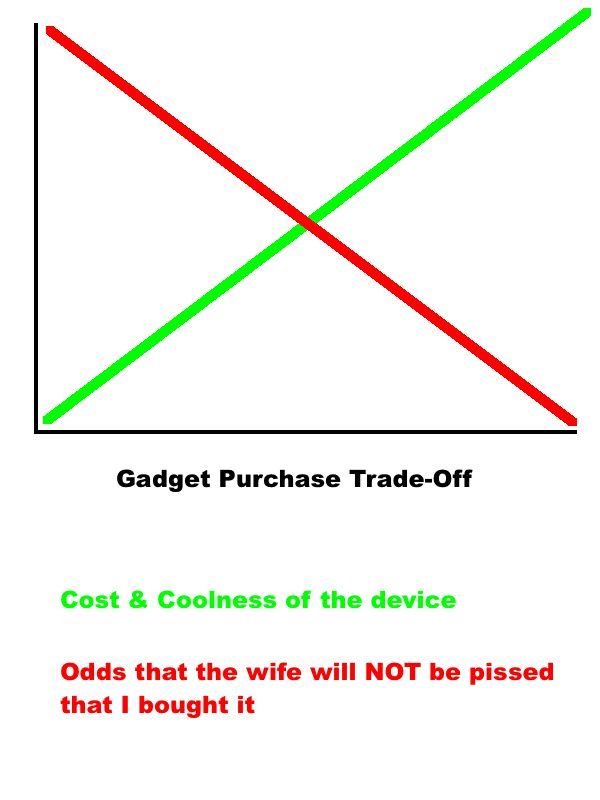I'm trying to research the different options and I think I understand an important point, it's not just the power of the laser, but it's the power density or Irradiance that impacts the burning power.
Assume we have two 100mW lasers, both have the exact same power, but laser "A" has a beam diameter of 1.5mm and laser "B" has a beam diameter of 2.5mm. We divide the diameter by 2 to find the radius and use Pi x R^2 (Pi R Squared) to find the surface area of each beam. Last of all, we take the Power and divide it by the surface area.
Laser A: R = 0.75mm, 100mW / (3.14159... x 0.75mm^2) = 56.6mW per mm
Laser B: R = 1.25mm, 100mW / (3.14159... x 1.25mm^2) = 20.4mW per mm
As far as the math goes, it seems that a smaller beam would would have a higher amount of power per unit area and should be able to burn better. For example, I notice that those with 50mW lasers use a lens to focus the beam to a smaller point.
For any burn, like pop a balloon, light paper on fire, light a match, ... it would be interesting to know the power of the laser, the beam diameter, and was a lens used to focus the beam to a smaller point.
I must stress that using a lens does NOT increase the power and there's a slight loss in power as the beam passes through the glass or plastic. It's the density of the power that does make a difference. Focusing the power to a smaller area increases the burning power.
I'm not sure of the exact point, but it seems like those with around 75mW or lower use a lens to be able to burn things and those at or above 150mW don't need a lens to burn things. Is my estimate correct or am I wrong?
Bob Diaz
Assume we have two 100mW lasers, both have the exact same power, but laser "A" has a beam diameter of 1.5mm and laser "B" has a beam diameter of 2.5mm. We divide the diameter by 2 to find the radius and use Pi x R^2 (Pi R Squared) to find the surface area of each beam. Last of all, we take the Power and divide it by the surface area.
Laser A: R = 0.75mm, 100mW / (3.14159... x 0.75mm^2) = 56.6mW per mm
Laser B: R = 1.25mm, 100mW / (3.14159... x 1.25mm^2) = 20.4mW per mm
As far as the math goes, it seems that a smaller beam would would have a higher amount of power per unit area and should be able to burn better. For example, I notice that those with 50mW lasers use a lens to focus the beam to a smaller point.
For any burn, like pop a balloon, light paper on fire, light a match, ... it would be interesting to know the power of the laser, the beam diameter, and was a lens used to focus the beam to a smaller point.
I must stress that using a lens does NOT increase the power and there's a slight loss in power as the beam passes through the glass or plastic. It's the density of the power that does make a difference. Focusing the power to a smaller area increases the burning power.
I'm not sure of the exact point, but it seems like those with around 75mW or lower use a lens to be able to burn things and those at or above 150mW don't need a lens to burn things. Is my estimate correct or am I wrong?
Bob Diaz






